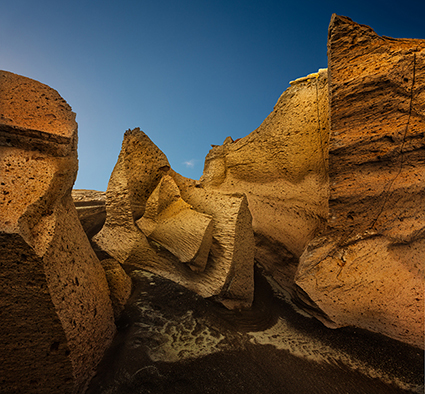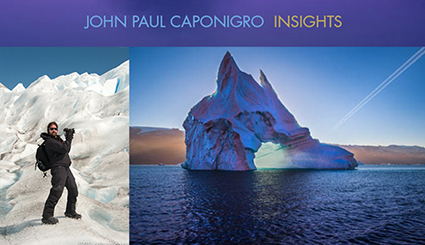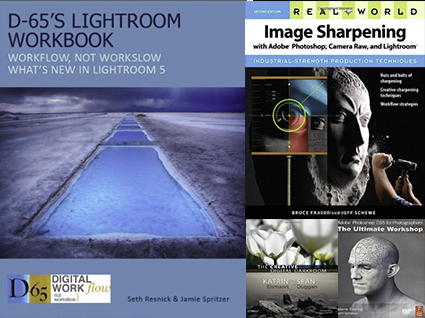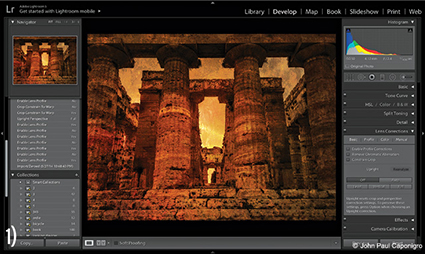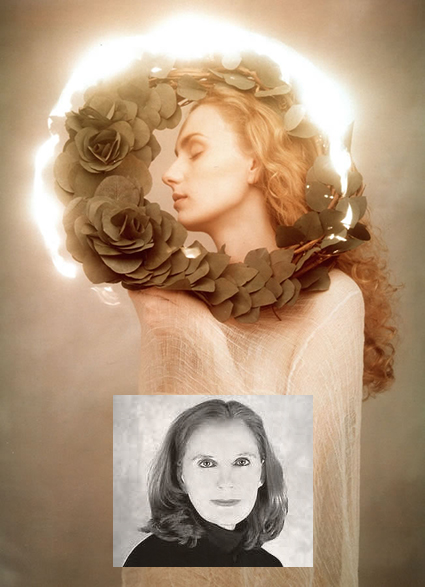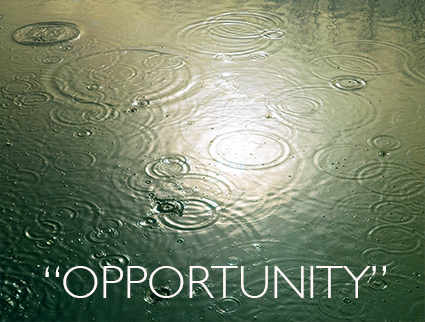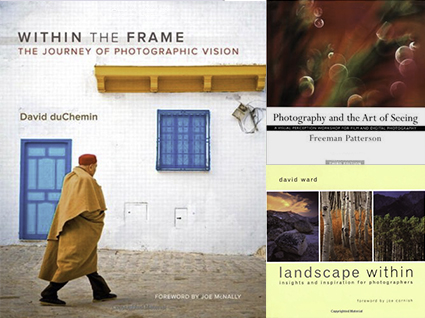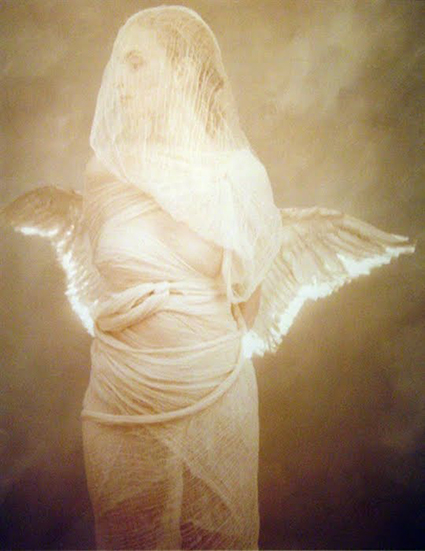
27 Quotes By Photographer Joyce Tenneson
Here’s a collection of my favorite quotes by Joyce Tenneson.
“If I had to pick a single word to describe what my pictures are all about, I would say ‘secrets.’ As a child I always had a secret world and my favorite book was “A Secret Garden.” – Joyce Tenneson
“I have always been fascinated by the life cycle, the way skin metamorphoses over time. I am mesmerized by skin and that’s why I’ve been attracted to the nude. I do think people show their soul when they are stripped down psychically. There is something wondrous that happens when we relate on that level – and I am interested in that depth.” – Joyce Tenneson
“I seek what lies beneath surface beauty. What interests me are intimate human complexities – the darkness as well as the light. I cannot will this kind of transcendent communication into existence. I have to be open and truly present, and if I am lucky, grace descends. My best photographs are an honest collaboration, and when the viewer also connects, I feel the circle is complete.” – Joyce Tenneson
“Through a portrait, we can potentially see everything — the history and depth of a person’s life, as well as evidence of a primal universal presence. I have dedicated my life and creative energy to capturing these transcendent moments in which a connection is made between the subject, the photographer, and the viewer.” – Joyce Tenneson
“I try to neutralize my figures; I want them to be mythic and timeless. I want them to exist beyond time. I’ve used the skull caps or cowls to banish hair, which is distracting. I want to isolate the face and concentrate on what is really going on deep within my subjects.” – Joyce Tenneson
“Over the years I have photographed thousands of people. I have never stopped being curious and trying to discover new worlds. I have used my camera as a mirror for my subjects as well. I remember photographing a woman in her 80s for my book, Wise Women, who told me it had been a long time since anyone had really been interested in “seeing” or photographing her. When she saw the picture, she burst into tears. She saw something in the photograph, an inner beauty and soul, she felt had long ago vanished.” – Joyce Tenneson
“I want to allow others to reveal and celebrate aspects of themselves that are usually hidden. My camera is a witness. It holds a light up for my subjects to help them feel their own essence, and gives them the courage to collaborate in the recording of these revelations.” – Joyce Tenneson
“Have the utmost respect for your subjects. Love them.” – Joyce Tenneson
“The people I work with, the people I photograph, become a kind of family for me.” – Joyce Tenneson
“A true portrait can never hide the inner life of its subject. It is interesting that in our culture we hide and cover the body, yet our faces are naked. Through a person’s face we can potentially see everything—the history and depth of that person’s life as well as their connection to an even deeper universal presence.” – Joyce Tenneson
“I love feeling that I am opening new worlds for people who don’t have time to investigate these things themselves.” – Joyce Tenneson
“It’s true that I’m attracted to people and I like people, but in my work it goes beyond that. It’s really that I’m attracted to a certain unlayering, like peeling back an artichoke and getting to the center of it. I’m very attracted to discovering, to taking off veils or looking into the looking glass; all the devices that allow us to get to whatever that mysterious kernel is. Sometimes that mysterious kernel, as in an oyster, is a pearl. But sometimes, as in an artichoke, right before you get to the heart there are spikes. You can assault yourself if you don’t know how to get around them and navigate. I guess that’s the excitement about it.” – Joyce Tenneson
“I would never censor something to please someone. I don’t play games.” – Joyce Tenneson
.
“Michaelangelo said the mirror is our greatest teacher. My use of mirrors in my work helps me uncover psychic layers. Often, the face is distorted in the mirror so it is much more than a simple reflection. Sometimes something surprising emerges – some darkness or secret appears without us knowing why or giving it permission.” – Joyce Tenneson
“I’ve heard many times that with all good artists it’s ultimately a self-portrait even if it’s an abstraction. I feel my work is very much who I am. I didn’t try to make it that way; it just is. It reflects who I am and also my interests.” – Joyce Tenneson
“I’ve always been obsessed with penetrating the female psyche. When I shoot, I’m like a tornado. I never sit down, never take a break, never eat. I’m focused on getting that moment of revelation, of insight, of poignancy, of meaning.” – Joyce Tenneson
“My early self-portraits appeared effortlessly and seemed like equivalents for my deeper emotions. Many critics remarked that the images had an almost other-worldly haunting presence. For me, they were simply my own reality at that point in my life. What I was trying to reveal was my inner soul in all its fragile complexity. Without knowing it, I was trying to peel back the layers that shroud and bind us all as we struggle to reveal our own authentic selves.”
“My whole artistic life has been devoted to battling myself and my ability to externalize my deepest emotions. As I have gotten older, the work has become more direct, perhaps reflecting the fact that for the first time in my life I feel really free. I have been fascinated with wings all my life. I have had an obsession with transcendence, the need to push forward and metaphorically fly.” – Joyce Tenneson
“If I am lucky, something new and inexplicable often appears in front of my lens. I am always surprised by the mystery of how my best images appear. That excitement and shock of discovery makes my life at these moments a gift.”
“Our best pictures happen by grace.” – Joyce Tenneson
“I found that I wanted to be best friends with almost all the women I interviewed because they had been through something. They were closing in on the circle of their journey and they had a kind of wisdom that comes from their long life.” – Joyce Tenneson
“I very strongly believe that if you go back to your roots, if you mine that inner territory, you can bring out something that is indelibly you and authentic – like your thumbprint. Its going to have your style because there is no one like you.” – Joyce Tenneson
“I never chased after any particular school, never really had mentors; I really just did the work that was true to me.” – Joyce Tenneson
“I have the same themes over and over again. How I’m saying it keeps changing or growing.” – Joyce Tenneson
“Find the one thing you’re good at and FOCUS on it.” – Joyce Tenneson
“I think of my work as very polarizing; either people really do like it and are touched by it or they really don’t get it at all. It’s not accessible to all people at the same level.” – Joyce Tenneson
“The most important thing is to try and enjoy life because you never know when it will be gone. If you wake up in the morning and have a choice between doing the laundry and taking a walk in the park, go for the walk. You’d hate to die and realize you had spent your last day doing the laundry.” – Joyce Tenneson
Read Joyce’s favorite quotes here.
Read her quick Q&A here.
Read our extended conversation here.
Find out more about Joyce Tenneson here.


